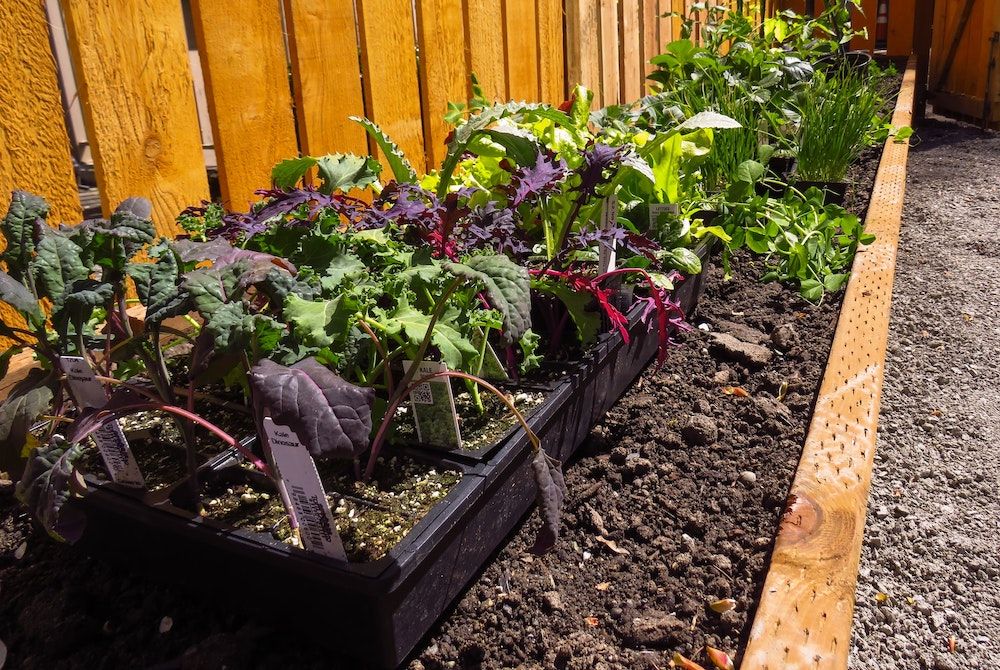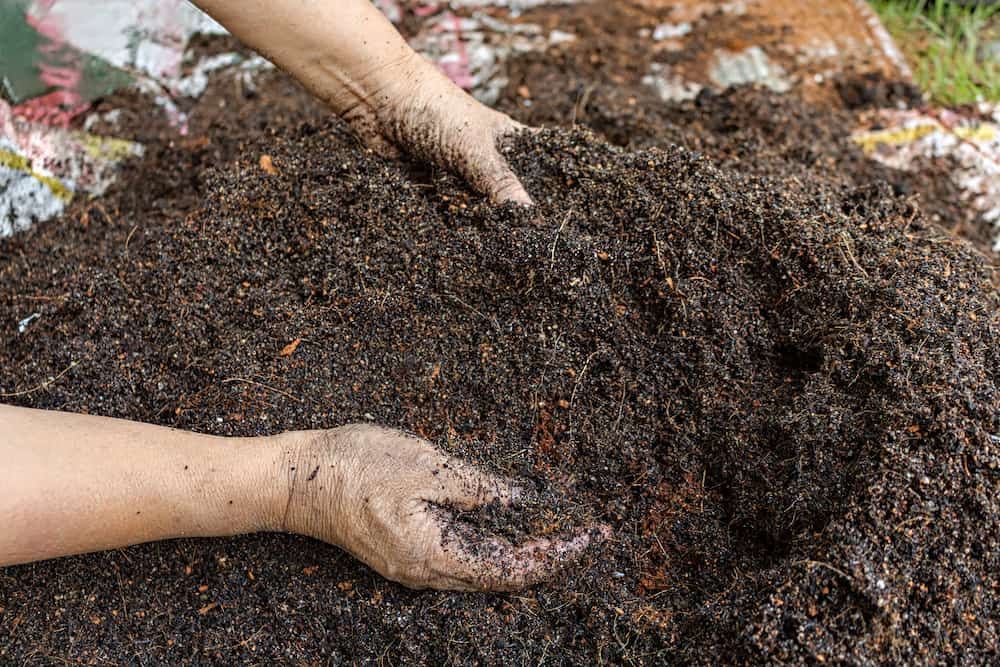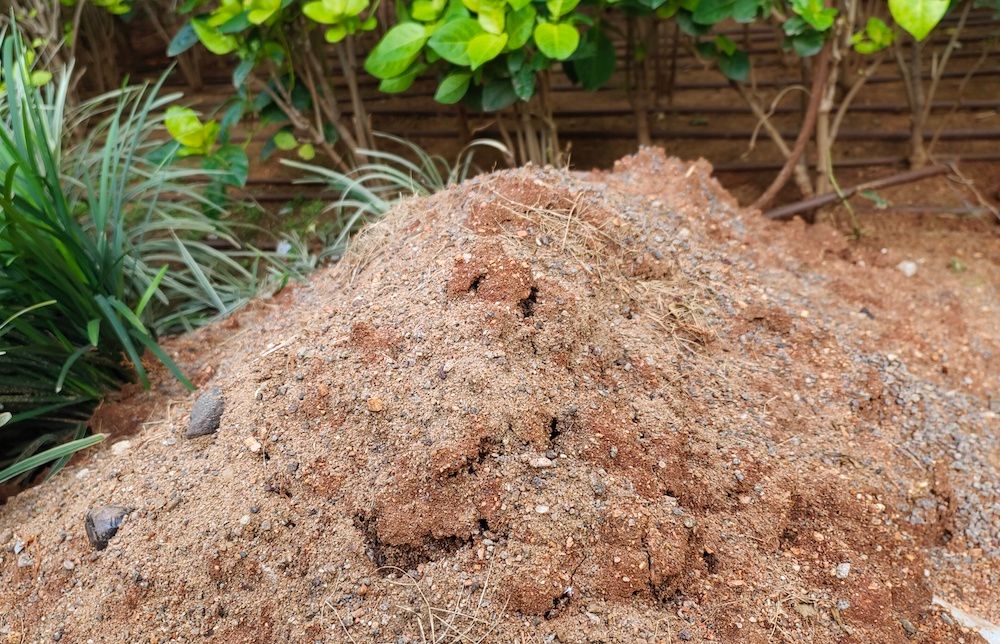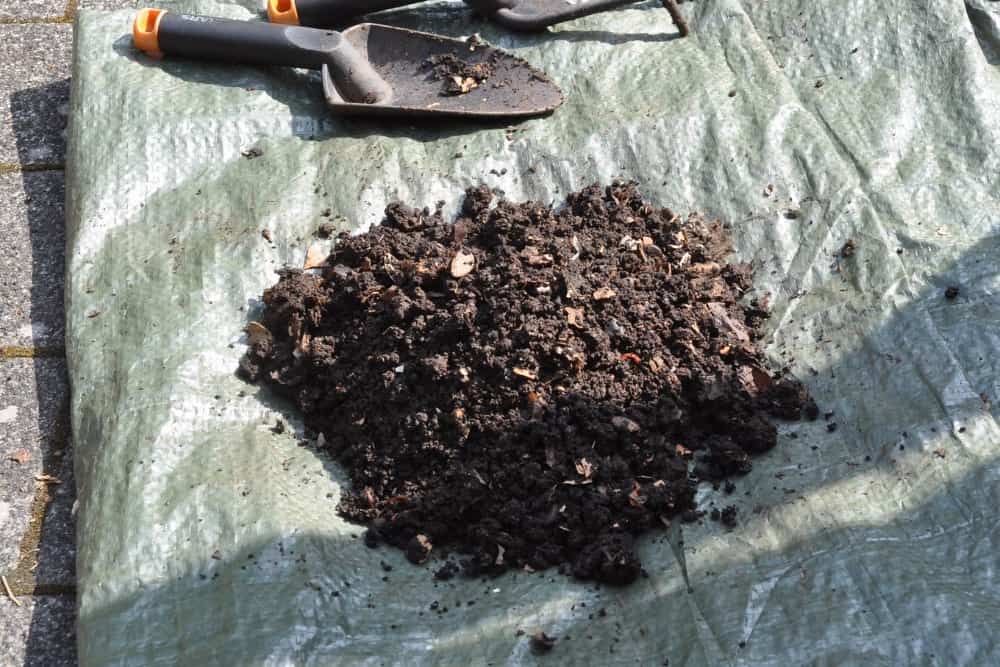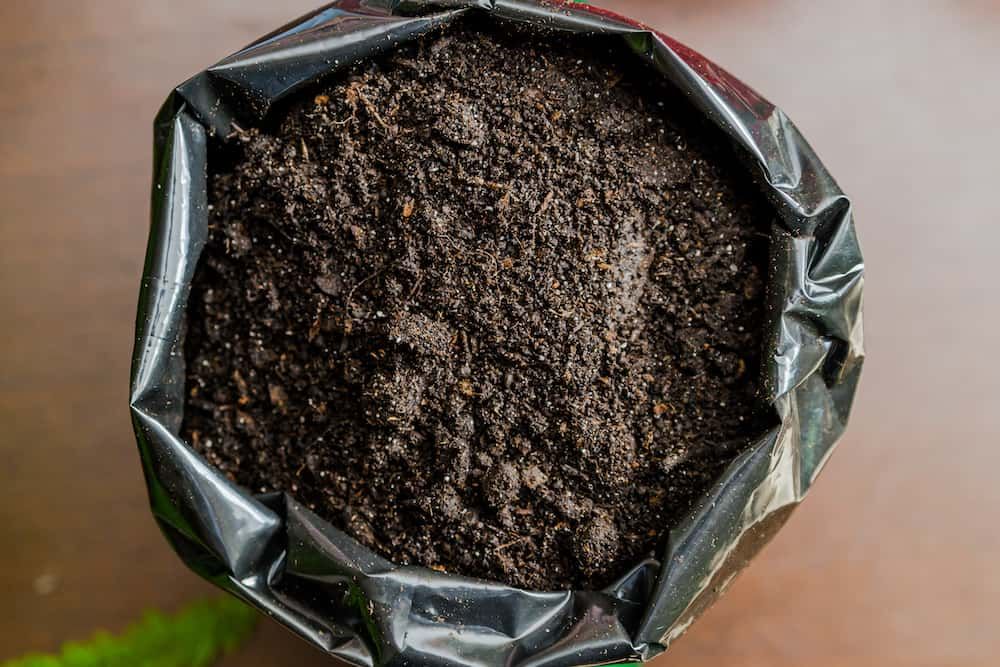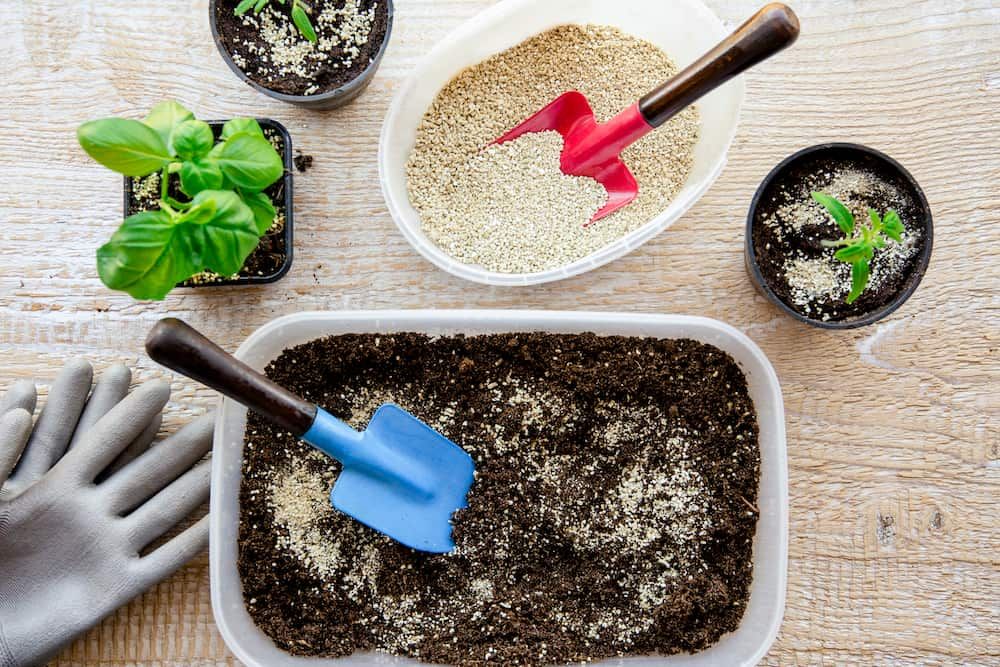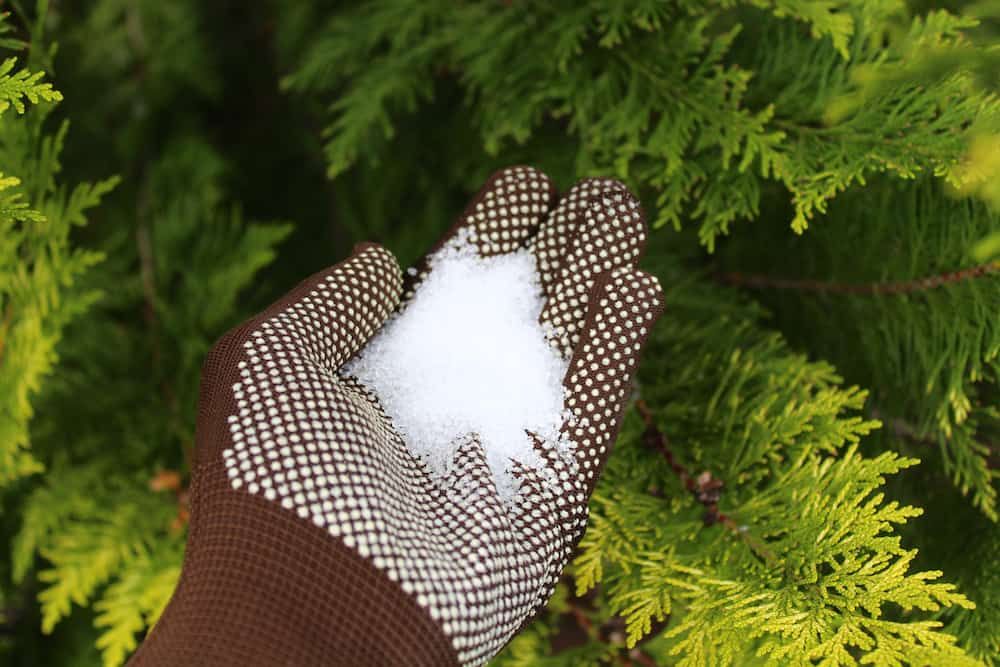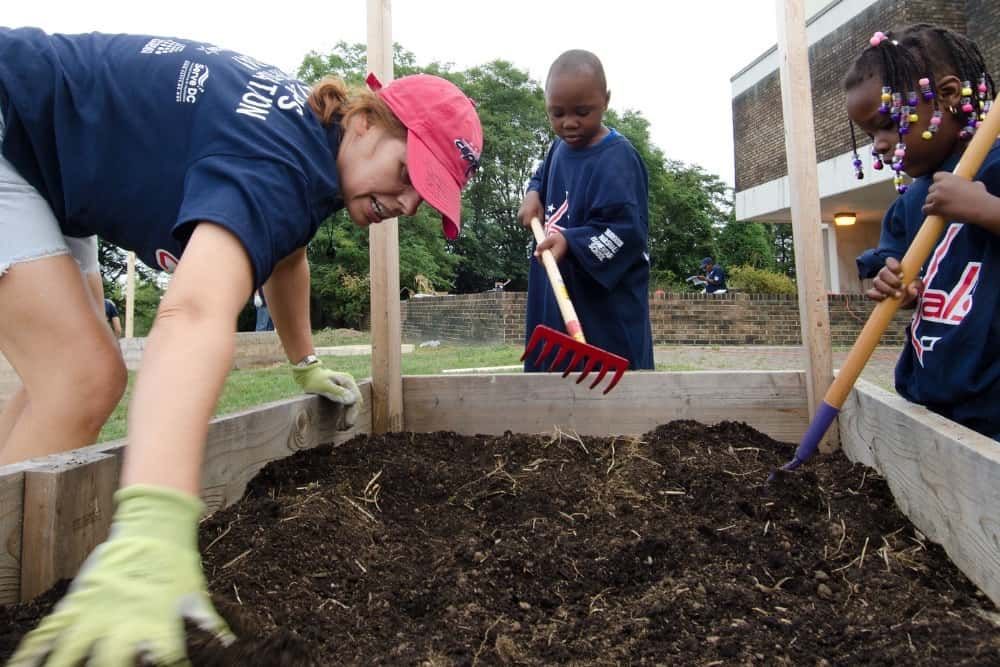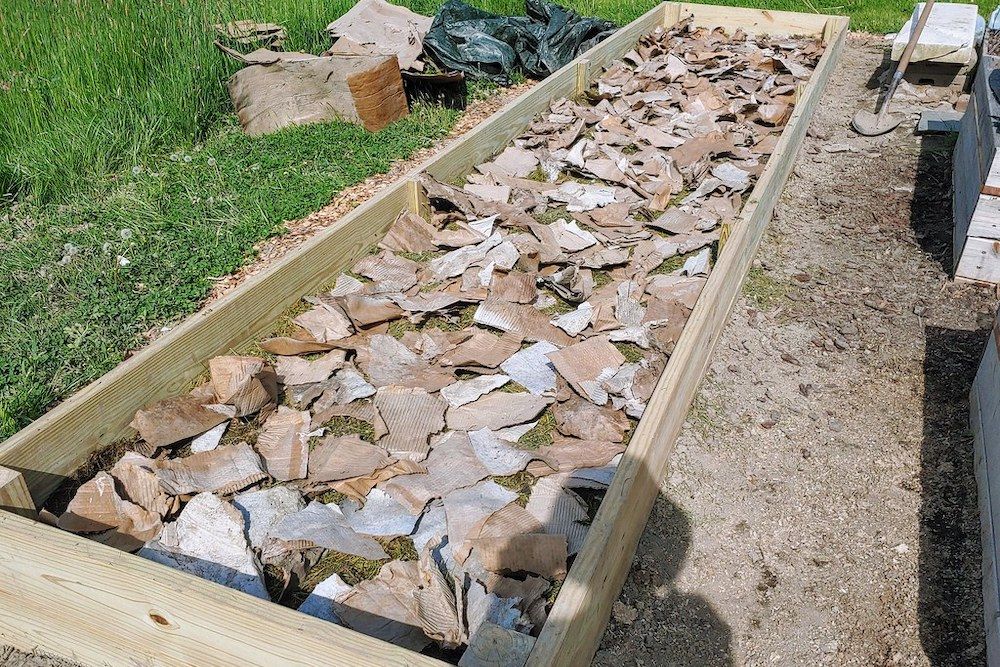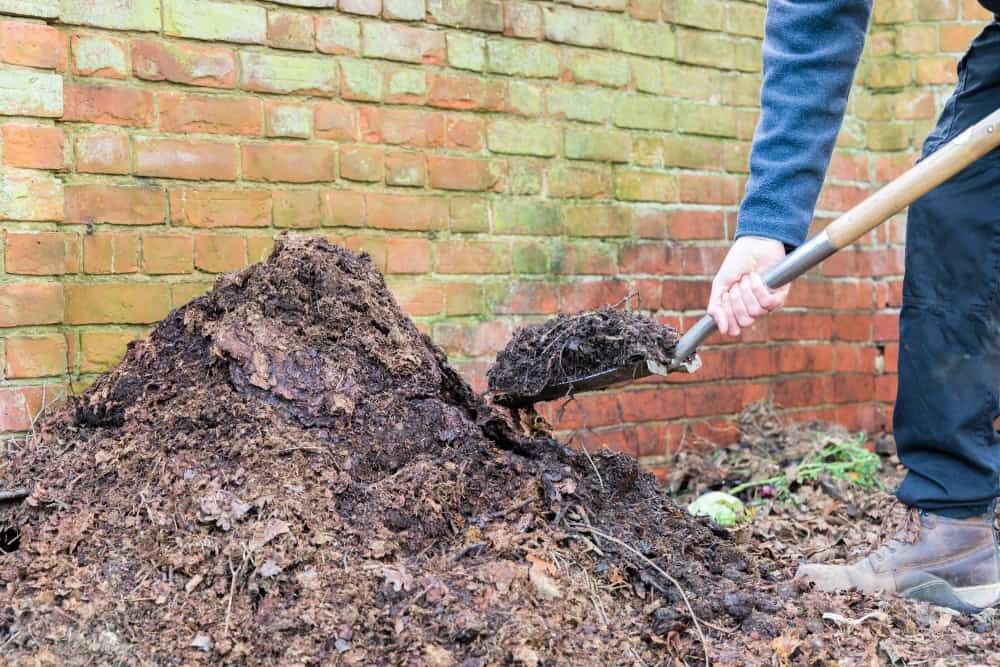It's essential to refresh old raised bed soil with organic matter and nutrients for healthy plant growth. If your plants don't grow the same way they once did, it's an indication that your old raised bed soil needs tilling, replenishing, and refreshing.
Your raised garden bed soil's health and structure will weaken as the plants you grow suck its nutrients for proper growth. If you don't restore your raised bed soil, your plants will struggle to grow. Tired raised bed soil will cause stunted growth and, sometimes, premature plant death, regardless of how well you care for them.
While soil can regenerate itself, you'll need to maintain raised garden bed soils for a bountiful harvest. It is why it's essential to test your soil and replenish nutrients before planting your flowers, fruits, or veggies. Here's how to renew old raised bed soil.
What is a Raised Bed?
Image credits: David Lang via Unsplash
Raised beds are box structures raised above the ground level and enclosed in one way or another. They can be made of various materials and make for enjoyable DIY projects! They are a trendy choice for gardens because of the benefits they provide.
Raised garden beds help prevent compacted soils and are perfect for people with limited space or physical limitations. In addition, they make laborious gardening tasks like weeding, tilling, pruning, watering, and harvesting a lot easier.
What is the Perfect Soil for a Raised Bed?
Image credits: PasSaKorn22 via Shutterstock
A raised bed needs nutrient-rich soil that has excellent water-retention properties. You can consider a 7:3 soil-to-compost ratio or a 6:3:1 topsoil-to-compost-to-potting mix ratio.
What You'll Need to Refresh Old Raised Bed Soil
Image credit: Lakeisha Ethans for Backyard Boss
You'll need to refresh your old raised bed soil to improve soil health and structure. The following is a custom recipe that you can use to restore your soil and bring it back to a perfect state for growing. While typically, soil amending requires precision, the amounts cited below are approximated.
Major Components
- 6-10 parts - old raised bed mix
- 4-5 parts - homemade or store-bought compost
- 1 part premoistened rice hulls
- 1 part premoistened coco coir
- ½ part kelp meal
- ½ part perlite
- ½ diatomaceous earth
Minerals
Please read the packaging for the best ratio when using minerals.
- Green sand - This is a micromineral with a very slow release
- Azomite - This is also a slow-release micromineral. If you want a faster release, opt for the powder.
- Sulfur pellets help lower the soil's pH and increase the number of nutrients the plant can access. Moreover, sulfur is essential in the formation of plant tissue proteins.
- Epsom salt - Also known as magnesium sulfate, it makes calcium, phosphorus, and nitrogen available to plants.
Additional Optional Amendments
When refreshing your old raised bed soil, you can add the following after testing your soil's pH:
- Worm castings
- Seaweed spray
- Fish emulsion spray
- Shrimp, crab, oyster, or lobster meal
- Bone and blood meal
- Rock dust
- Lime
You'll need to read the packaging to know how much you'll need to use based on how much soil you plan to refresh.
Step-by-Step Guide to Refreshing Your Old Raised Bed Soil
1. Lay Out The Soil
Image credits: sacratomato_hr via Creative Commons
Lay a big piece of tarp on an even surface. The tarp should be large enough to accommodate the soil from the raised beds and more if you decide to add some to your raised bed. If you have shallow raised beds, you should amend all the soil they contain, but for deeper beds, it's okay to amend about ¾ of the entire soil.
2. Make A Mix
Image credits: Irzhanova Asel via Shutterstock
Besides the first pile of old soil, make a new one from compost and add nitrogen-rich amendments that the soil will fully absorb within one or two seasons. Some nitrogen-rich amendments include:
- Rice hulls will provide plenty of nutrients and protection against pests and diseases.
- Coffee chaff - This is what’s left after you've roasted coffee beans. Gardeners often use coffee grounds to deter slugs, snails, and other pests. Coffee chaff is also rich in nitrogen. However, don't use grounds that you have brewed because they need nitrogen to dissolve, leading to nitrogen insufficiency.
- Kelp meal will bring potassium, salts, and minerals, which will alkalinize your soil. In addition, it helps with the breakdown of organic materials in the soil.
- Diatomaceous Earth (DE) - Helps with water retention and eradicates pests.
3. Add Structural Amendments
Image credits: FotoHelin via Shutterstock
After mixing nitrogen-rich amendments, add large amounts of structural amendments like perlite, vermiculite, coco coir, and peat moss. For proper ratios, carefully read the packaging.
4. Add Minerals to Your Mix
Image credits: Martina Unbehauen via Shutterstock
After adding structural amendments, add nutrients for cell structure and mix thoroughly. Again, read the packaging to know the exact ratios you should use for the quantity of soil you're working with. You can add green sand, Azomite, sulfur pellets, and Epsom salt.
5. Mix Old and New Soil Together
Image Credit: USDAgov via Creative Commons
After adding the nutrients, combine the new raised bed soil with the old one you set aside in Step two of this tutorial. Spray some water, but just enough to moisten the entire mix. The result should be loose soil that clumps when squeezed.
6. Work on Your Raised Bed
Image credits: osiristhe via Creative Commons
Add a layer of cardboard at the bottom of your raised bed to encourage worms and discourage weeds. On top of the cardboard, add leaves or other green garden debris and water this layer. Fill it halfway with the refreshed soil mix, add a little bit of water, add the rest of the soil, and water again.
7. Cover With Mulch
Image credits: Paul Maguire via Shutterstock
After watering your raised garden bed, add mulch to the top to lock moisture and nutrients. Mulch will help with water retention and release more nutrients into the soil. You can use:
- Pine needles - Used to increase the acidity of the soil
- Wood chips - Only lay them on the very top of the soil. Breaking them down will take away nutrients from your crops.
- Аlfalfa hay - Lasts very long and is also rich in nitrogen.
In Summary
Raised beds are a fantastic addition to outdoor gardening and can bring many benefits. Not only do they give gardeners ease of access, but they are also less prone to compaction, soil erosion, and weeds. However, if you don’t take proper care of your soil, it will quickly run out of nutrients, negatively impacting your plants.
This article lists different amendments you can use, a step-by-step guide on combining them, and, finally, how to refresh your old raised bed soil.
Comment below if you also refresh the soil in your garden beds, and as always, please share!


